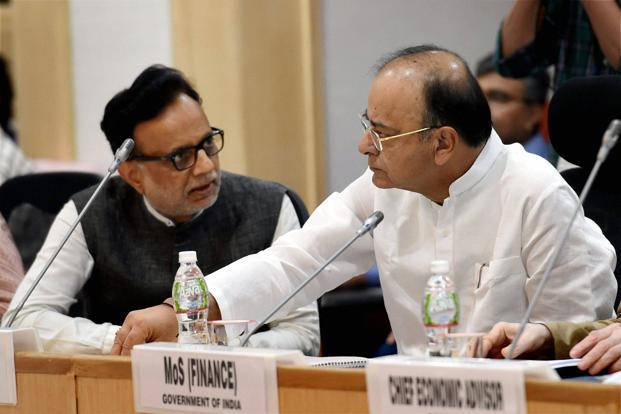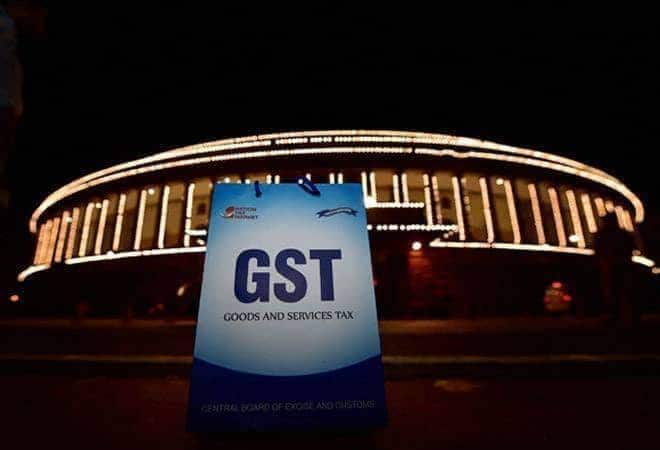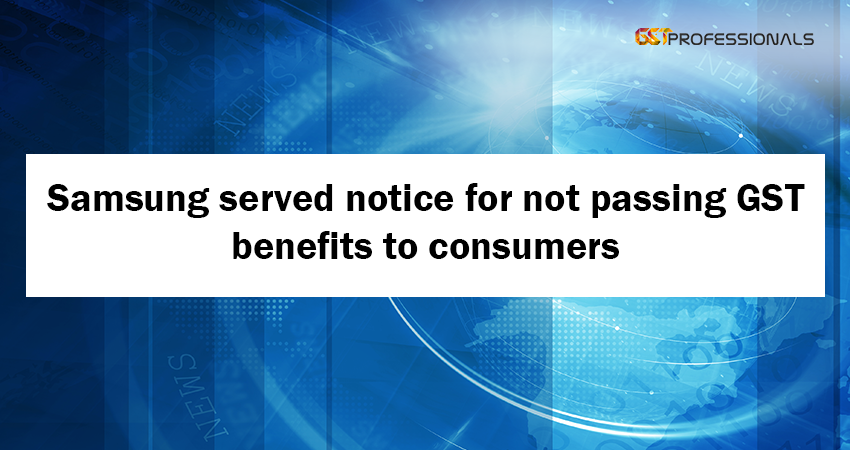100 days of GST, and still counting
Later this week, the goods and services tax (GST), rolled out on 1 July, will clock 100 days. This is no small milestone, especially given that not only is it one of the boldest efforts of a complex tax reform but also seeks to achieve something incredible: economically unifying India.
The good news is that GST has taken off and all credit to both the Union, state governments and three Union territories. But the bad news is that there are evident glitches—especially at the back end manned by the GST Network (GSTN); so evident in the problems faced by exporters. Suffice to say, for several reasons, that GST so far is a work in progress and that the only way is forward (not backward as is being suggested in some quarters).
First, the GST Council, the apex decision making body, is probably India’s first genuinely federal institution. Not only did the Union and state governments cede some of their own taxation powers, Parliament too has limited its own powers and chosen instead to vest it with the GST Council.
This pooling of sovereignty as it were, the first of its kind, is a harbinger of a stronger future federal polity. So far, despite some anxious moments, no decision has been put to vote in the GST Council, underlining the strong consensus within.
Second, we should keep in mind that the formation of the GST Council was preceded by the game-changing recommendations of the 14th Finance Commission. Among other things, it bumped up the share of states in national tax revenues from the existing 32% to 42%. It reset the fiscal equation between the centre and states, setting the stage in many ways for the GST kind of experiment.
What GST has done, especially with the creation of the council, is to further transform this federal relationship. For too long, there has been the all-powerful Union government dictating terms to states. What we have now is a recalibration with the states emerging as equal partners to the Union government. While some may see this as the basis for confrontation, the more optimistic view is that this is the perfect recipe for ensuring the federal health of India.
Third, what GST has done is to further the rather disruptive process of formalizing the informal economy. The demonetization of high value currencies undertaken last year (regardless of what the critics have to say) put the spotlight on the shortcomings of operating within the cash economy.
In its own clumsy way, it started nudging people towards the formal economy by putting greater emphasis on digital transactions instead.
The rollout of GST has accelerated this process. In the existing economic structure, the formal and the informal economy are linked in myriad ways and have one thing in common: cash. GST has started the process of merging the informal and formal with clear audit trails. It is effectively raising the cost of operating in the informal economy.
Fourthly, flowing from the previous point, what GST has done is to nudge India towards a rules-based regime. For long, the country has dwelled on an exception-based regime with disastrous consequences—crony capitalism being one such example. In the last few years, several measures have been undertaken (like linking Aadhaar and the bank account to identify the recipient of government subsidies) to take this process forward. India’s tryst with its most path-breaking indirect tax reform ever, will among other things, accelerate this process.
Finally, with the benefit of hindsight, it is apparent that the GSTN has been the weak link in the chain. Good news is that the GST Council has been quick to recognize it, installing a group under Bihar finance minister Sushil Modi to speedily address the problem. Insiders reveal that solutions will be forthcoming, probably even at the next meeting of the council scheduled for 6 October.
In the final analysis, it is clear that the idea of GST is still very much alive. The onus is on the GST Council to ensure that the rollout realizes the underlying potential of this piece of tax reform.
Source: www.livemint.com




